[Best_Wordpress_Gallery id=”684″ gal_title=”CASEDOLE-TITTOLI-PHOTO”]
Un imprenditore pugliese restaura e ristruttura un trullo del ’700 nei pressi di Ostuni. Si rivolge ad Angelo Cardone, il miglior maestro trullaro della zona, per farlo rivivere esattamente com’era.
testo marina pignatelli • ph gianni franchellucci
Ispirandosi a uno dei coni rimasto in condizioni accettabili, realizza il restyling con la posa a secco, come si faceva prima dell’800, quando i contadini locali chiamavano i trulli “Casedole”, e non con il metodo moderno che utilizza un impasto di terra, acqua e cemento detto “Vuelo”.
Il proprietario, appassionato dal progetto, sovraintende ai lavori durati due anni e realizzati dai migliori artigiani del luogo. La vasta proprietà, circondata da una natura lussureggiante, ospita nove trulli, ricostruiti nei minimi dettagli fino ai “tittoli”, una volta decorazioni beneauguranti, realizzati a mano, e una struttura annessa per le camere da letto.
Pur essendo cambiati gli usi degli spazi, il feeling è accuratamente preservato ovunque. La corte dove una volta c’erano le mangiatoie per gli animali viene usata oggi dai proprietari per organizzare pic-nic e cene all’aperto, quando il vento troppo forte impedisce di farlo sul retro della casa. Ulivi secolari – di cui il più grande ha ben sette metri di circonferenza – olmi, querce, mandorli, fichi e romantiche rose inglesi infondono un senso di pace e relax nel rifugio amato da tutta la famiglia.
In un intimo salottino, attorno al camino originale protetto da alari ereditati dal nonno del proprietario, vecchi mobili di campagna sono decorati con antichi candelabri e lanterne del Salento, mentre un tappeto armeno dell’800, acquistato a San Pietroburgo, impreziosisce il pavimento originale di chianche recuperate, usate anche nel resto della casa.
Un tavolo con le sedie, classici esempi di Arte Povera, una vecchia consolle dove anticamente i contadini facevano seccare il formaggio e otri dell’800 per raccogliere il vino creano una rilassante atmosfera nell’angolo dove i proprietari amano cenare con i due figli. Lo spazio attiguo, che ospitava la stalla è un’altra occasione conviviale prima di raggiungere le camere da letto, ricavate nella struttura annessa.
Un divanetto dell’800 appartenuto al nonno del proprietario, un otre rosso per il vino e altri piccoli orci per l’acqua, una lampada a petrolio in una nicchia, una volta mangiatoia per le mucche, e una preziosa anfora del V° secolo A.C. ricreano l’atmosfera di un tempo. Anche nell’accogliente cucina si ritrova l’attenta ricerca dei proprietari.
Un tavolino giallo dell’800 in cui i contadini tenevano la farina e stendevano la pasta, antichi mestoli alla parete trovati da un antiquario locale, un vecchio contenitore da farmacia riposto in una nicchia e un lampadario a forma di campana raccontano autenticità e calore. Le lampade esterne sono quelle originali recuperate da abili artigiani, così come tutti i rubinetti.
Piatti, caraffe, vasi e bottiglie di Grottaglie, tradizionale centro di produzione di ceramiche, con le gustose specialità gastronomiche locali sempre pronte in tavola, rappresentano le imperdibili eccellenze di questo ricco territorio, ambita meta del turismo internazionale.
[ap_divider color=”#CCCCCC” style=”dotted” thickness=”1px” width=”100%” mar_top=”20px” mar_bot=”20px”]
“Casedole” and “tittoli”
A journey into the past for a haven of peace and relaxation close to Ostuni An Apulian entrepreneur renovates and refurbishes an 18th-century trullo near Ostuni.
Text by Marina Pignatelli • Photography by Gianni Franchellucci
He reaches out Angelo Cardone, the best trullo master in the area, to make it flourish again exactly as it was. Inspired by one of the cones found under acceptable conditions, he revamped the building by using dry laying, as it was done before the 19th century when local peasants used to call trulli “casedole”; he avoided the modern method also known as “vuelo” which uses a mixture of dirt, water and concrete.
The work took two years and was carried out by the best local craftsmen; the owner supervised it since he was fond of the project. The large estate is surrounded by lush vegetation, it houses nine trulli built in detail, including the “tittoli” — which were once hand-crafted decorations for good luck — and a structure to connect all bedrooms.
Although space arrangements have changed, the feeling has been carefully preserved everywhere. Today, the courtyard — where once there were mangers for animals — is used by the owners to arrange picnics and al fresco dining, when the strong wind prevents them from enjoying the backyard. Centuries-old olive trees — the biggest one measures 7 metres in circumference —, elms, oaks, almond trees, figs and romantic English roses infuse a feeling of peace and relaxation in this shelter loved by the whole family.
In the cosy and small sitting room, around the original fireplace protected by firedogs left to the family by the owner’s grandfather, ancient country pieces of furniture are decorated with antique candle holders and lanterns from Salento. A 19th-century Armenian carpet purchased in Saint Petersburg embellishes the original restored Chianche floor, oldlooking paving stones from Apulia used everywhere around the house.
A table with chairs — classic examples of Arte Povera —, an old console table where peasants put cheese to dry in ancient times and some 19th-century wineskins create a relaxing atmosphere in the corner where the owners love to dine with their two children. The adjacent space — which housed the stable — becomes another convivial corner to cross in order to reach bedrooms, carved out from the attached structure.
A 19th-century small sofa — that belonged to the owner’s grandfather —, a red wineskin, small water jars, an oil lamp in a niche — once a manger for cows — and a precious amphora dating back to the 5th century BC recreate the atmosphere of the old days. The owners’ thoughtful search is also evident in the comfortable kitchen.
A 19th-century yellow table — used by peasants to store flour in drawers and to roll out the dough —, ancient ladles found at a local antique shop and now hanging on the wall, an old pharmacy box placed in a niche and a bell-shaped chandelier tell us something about warmth authenticity.
Outdoor lamps are the original ones, restored by skilled craftsmen just like all faucets. Plates, jugs, vases and bottles come from Grottaglie — a traditional pottery production centre — together with the tasty local delicatessens which are always ready on the table; they represent all the unmissable and excellent experiences of this rich territory, a coveted location for international tourists.

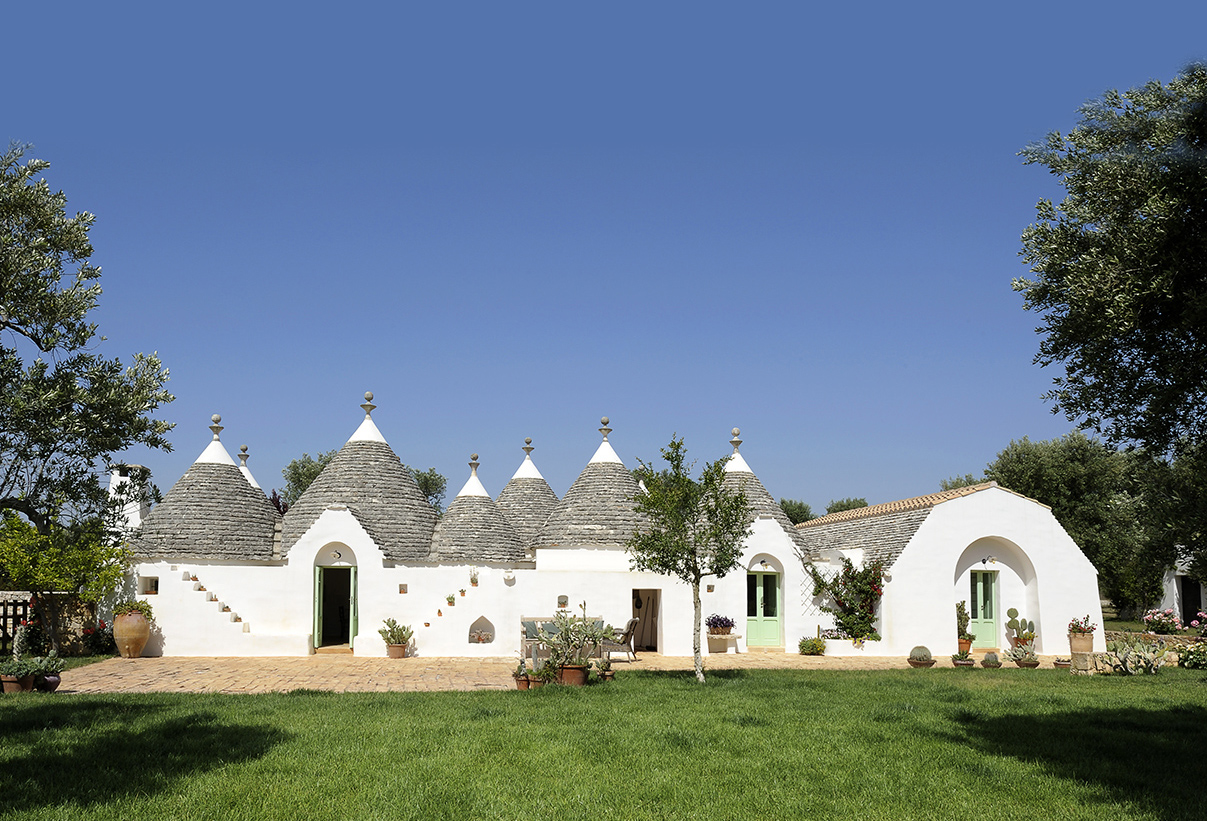
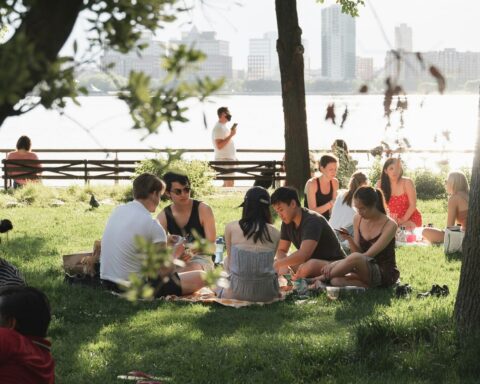

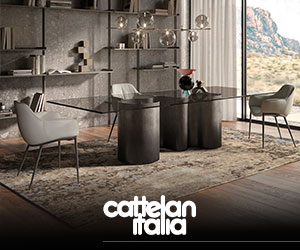
.png)

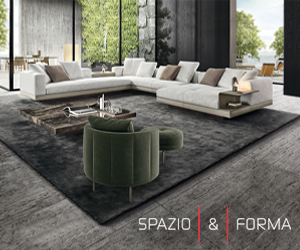

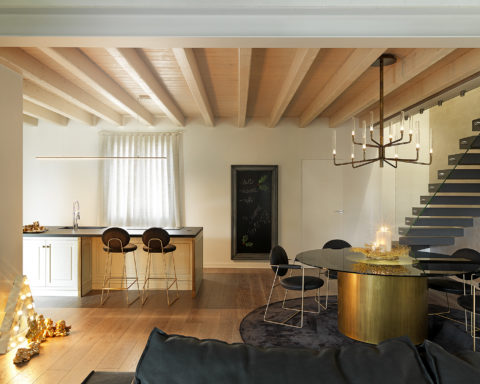
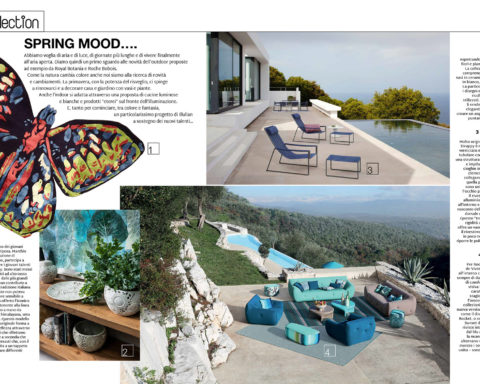
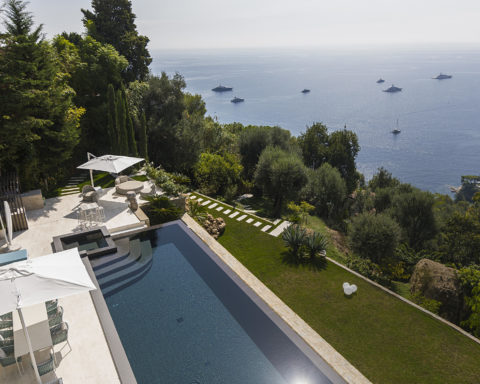
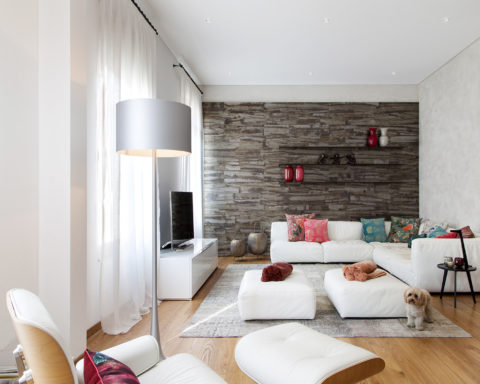
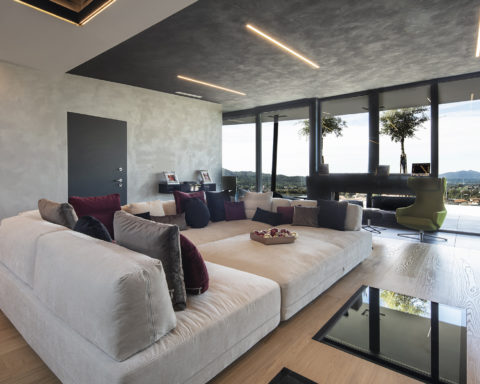
Seguici su